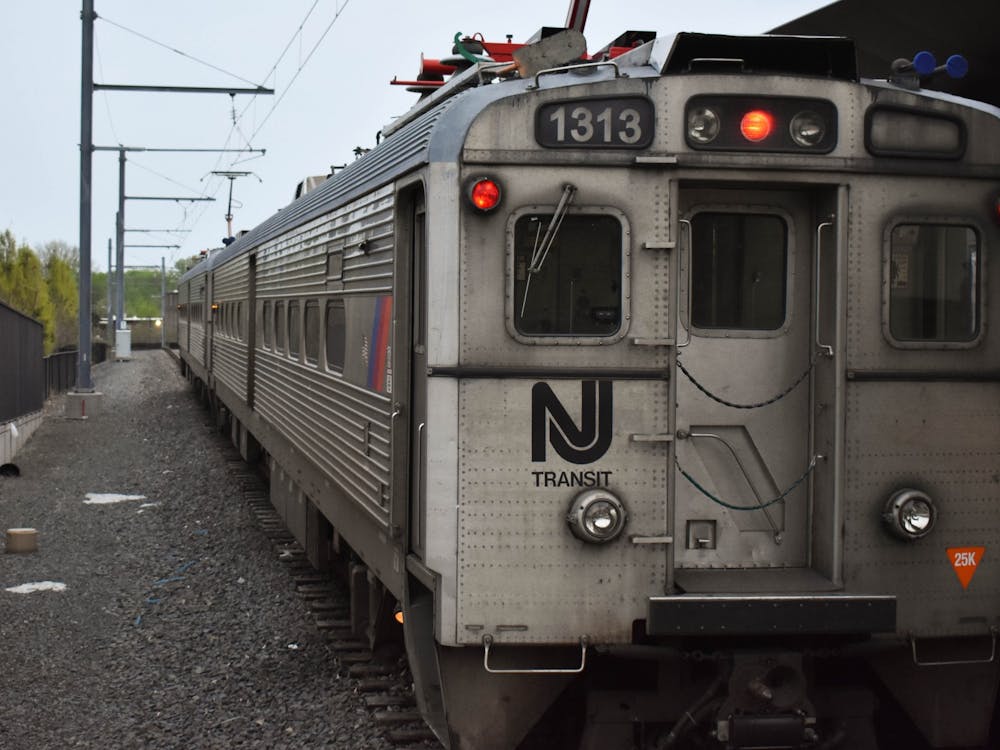Regarding “Trustee nomination of Castaneda ’73 angers alum” (Friday, April 17, 2009):
In reporting about the nomination of 1973 alumnus Jorge Castaneda, The Daily Princetonian left readers with a mistaken impression about the process to elect trustees.
The nomination of these alumni trustees arises from a process driven entirely by alumni. The Committee to Nominate Alumni Trustees (CTNAT) selects candidates for trustee after researching and interviewing alumni, usually over the course of several years. The article implies an inaccurate University role in the nomination process for regional alumni trustees.
The CTNAT is a group of hard-working alumni volunteers who review candidates very thoroughly. Any member of the Princeton community may present names of alumni for the committee to consider, and ultimately, it is the alumni themselves who choose which candidates they want to serve in a four-year term as a trustee of the University.
The trustees chosen by alumni through an elected vote currently make up about one-third of the Board of Trustees. All alumni are encouraged to play an active role in helping to choose any alumni trustee — at-large, regional, or graduate — through the election process.
Leslie Gutierrez ’84
Chair, Committee to Nominate Alumni Trustees

USG’s portrayal of the Lawnparties referendum is flawed
Regarding “Students react to USG referendum” (Tuesday, April 21, 2009):
I certainly can admire the USG’s intentions with this referendum; foregoing the USG budget for a Lawnparties band may be a strong showing of student solidarity to fight this recession. However, the way that the USG has portrayed the donation of $60,000 is, I believe, a bit disingenuous.
Any money given to the school’s Annual Giving Campaign goes into what is called “unrestricted funds,” meaning that donors are not allowed to earmark their money to go to any specific Princeton cause; i.e., the money can be used for whatever the University deems it fit. Although Annual Giving does indeed help to support the school’s financial aid program, its funds are also used to support other campus expenditures, such as professor salaries, the development of new programs, etc. Since cutting financial aid will likely be the last economic resort for the school, the $60,000 the USG is suggesting to donate to Annual Giving will almost certainly have no direct impact on the determination of financial aid for any Princeton students. While I strongly support the continued development of the school through the Annual Giving program (I work for TigerCall, so I certainly think Annual Giving is a good thing), I think the USG should make it clear that Annual Giving money targets other causes besides financial aid.

Also, I believe it’s important to consider that Lawnparties is one of the few opportunities that we, as a student body, can come together as Princeton students. While Lawnparties will go on with or without the USG, the innate exclusivity and number of the eating clubs create an atmosphere that makes interaction between the full student body impossible. The USG concert is supposed to balance out that exclusivity. Although the concert may be expensive for its short duration, I’d argue that it’s difficult to put a price on music and its ability to bring people together despite their differences. Jocks, nerds, whatever we are, we all appreciate music. The USG-hired band may not be everyone’s favorite (though Lupe Fiasco was near the top of my list of people I wanted to see in concert) but that has rarely deterred students from attending the concert.
I think a compromise between donating the money and still having a USG-hired band is the best solution. There are many a great band that will perform for half of the allotted Lawnparties budget; we don’t need to spend all $60,000 on getting the biggest act possible. This way, the USG will be able to preserve one of the events that garners large student attendance while making the event more economical. If the USG is determined to donate the entire Lawnparties budget, then the USG should either clarify for students what the Annual Giving Campaign does and let the students make their decision from there or it should use the funds in a way that will have a specific, tangible impact on the Princeton community. That impact may still be small, but I think the symbolism of the gesture will be more appreciable. The USG is on the right track but I’m not convinced that foregoing the Lawnparties budget for an Annual Giving donation is the best available solution.
Nick Mora ’11







